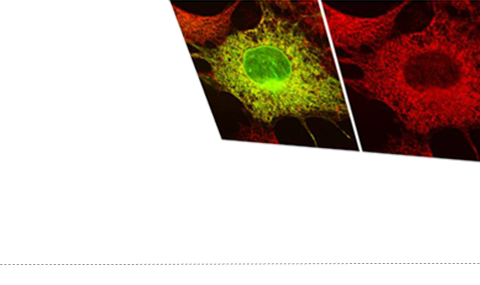Stem cell fate decisions are influenced by the microenvironment in which these cells reside. One key component of such microenvironments is the mesenchymal stroma. Our past studies focused on the interactions between hemopoietic stem cells and the mesenchymal stroma of the bone marrow. These studies lead to the discovery of the structure and function of the hemopoietic stem cell niche. They further highlighted the plasticity of the mesenchymal stromal cell phenotypes. The latter cells not only form the regulatory microenvironment of the bone marrow, but also constitute by themselves a remarkable pool of stem cells, both in the embryo and in the adult. They can give rise to a vast spectrum of mature cell types, and are, therefore, multipotent. Our past studies disclosed the plastic nature of these mesenchymal stem cells (MSCs), namely, their capacity to change their fate. The most prominent of these changes is the ability of MSCs to undergo processes of de-differentiation. Our studies were further directed towards the analysis of the molecular constitution of MSCs and the mechanistic basis of their plasticity and capacity to de-differentiate. These efforts include the use of genomic, proteomic and glycoprofyling tools. Furthermore, we examined the mode of action by which MSCs affect the fate of other cells including hemopoietic stem cells, immune cells and cancer cells. Due to their migratory properties MSCs tend to settle in the bone marrow and also within tumors. We used MSCs as vehicles that carry therapeutic agents into target organs. Finally, since MSCs influence cancer development and may be tumorigenic by themselves, we studied their role in cancer.

Mesenchymal Stem Cell Biology Laboratory

